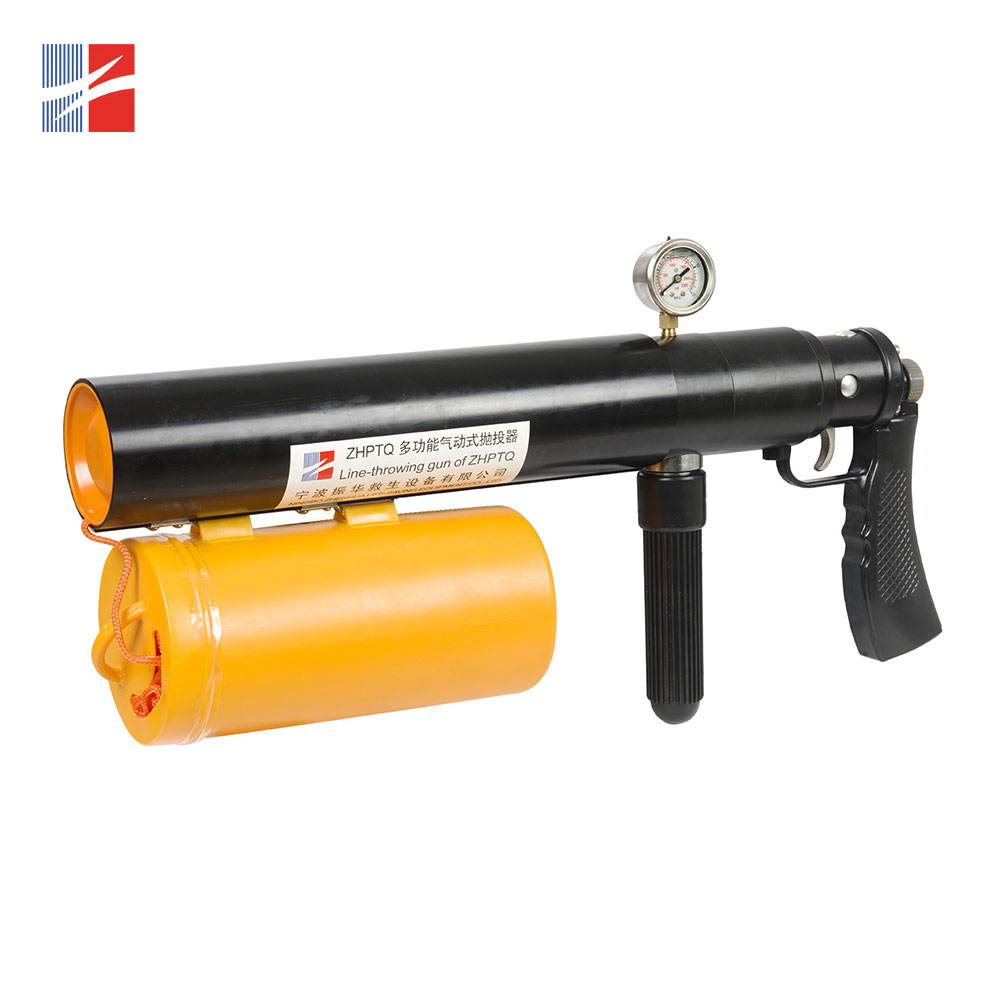Pneumatic Thrower
A pneumatic thrower, also known as a pneumatic cannon or launcher, is a device that uses compressed air or gas to propel objects, typically projectiles, through the air. These devices have a wide range of applications, from recreational and entertainment purposes to industrial and scientific uses. H......
Send Inquiry
Product Description
A pneumatic thrower, also known as a pneumatic cannon or launcher, is a device that uses compressed air or gas to propel objects, typically projectiles, through the air. These devices have a wide range of applications, from recreational and entertainment purposes to industrial and scientific uses. Here are some key aspects of pneumatic throwers:
1. Compressed Air or Gas Source: Pneumatic throwers rely on a source of compressed air or gas, such as air compressors or gas cylinders. The pressure and volume of the compressed air or gas determine the force and velocity with which the object is launched.
2. Projectiles: Pneumatic throwers can launch a variety of objects, including balls, projectiles, or even water. The type and size of the projectiles depend on the specific design and purpose of the thrower.
3. Launch Mechanism: The launch mechanism of a pneumatic thrower typically consists of a barrel or chamber where the compressed air or gas is stored and a valve or release mechanism that controls the flow of air or gas to propel the object.
4. Control Systems: Some pneumatic throwers use manual control, such as a trigger or lever, to release the compressed air or gas. Others may be automated and controlled by electronic systems, allowing for precise and repeatable launches.
5. Applications: Pneumatic throwers have various applications, including:
- Recreational: Pneumatic throwers are often used for recreational activities like launching foam balls or water balloons for fun and games.
- Competitive Sports: In some sports, like paintball and airsoft, pneumatic throwers are used to propel projectiles for competitive gameplay.
- Research and Testing: Pneumatic throwers are employed in scientific and engineering research, such as impact testing and material testing.
- Industrial: In industrial settings, pneumatic throwers can be used for sorting and conveying items along assembly lines.
6. Safety Considerations: Pneumatic throwers should be used with safety precautions in mind. High-pressure air or gas can be dangerous if mishandled, and projectiles should not pose a threat to people or property.
7. Legal Regulations: In some jurisdictions, there may be regulations regarding the use and ownership of pneumatic throwers, especially when they are used in public spaces or for specific activities.
Pneumatic throwers come in various sizes and configurations, ranging from small handheld devices for recreational use to larger, more specialized systems for industrial or scientific purposes. The selection of a pneumatic thrower depends on its intended application and the desired performance characteristics.










